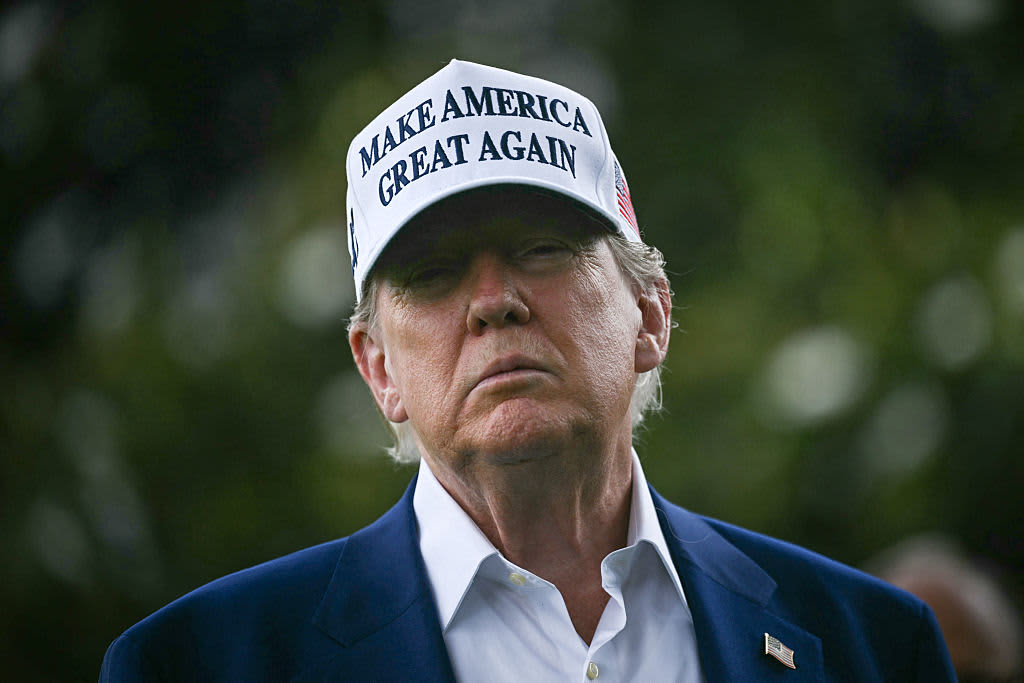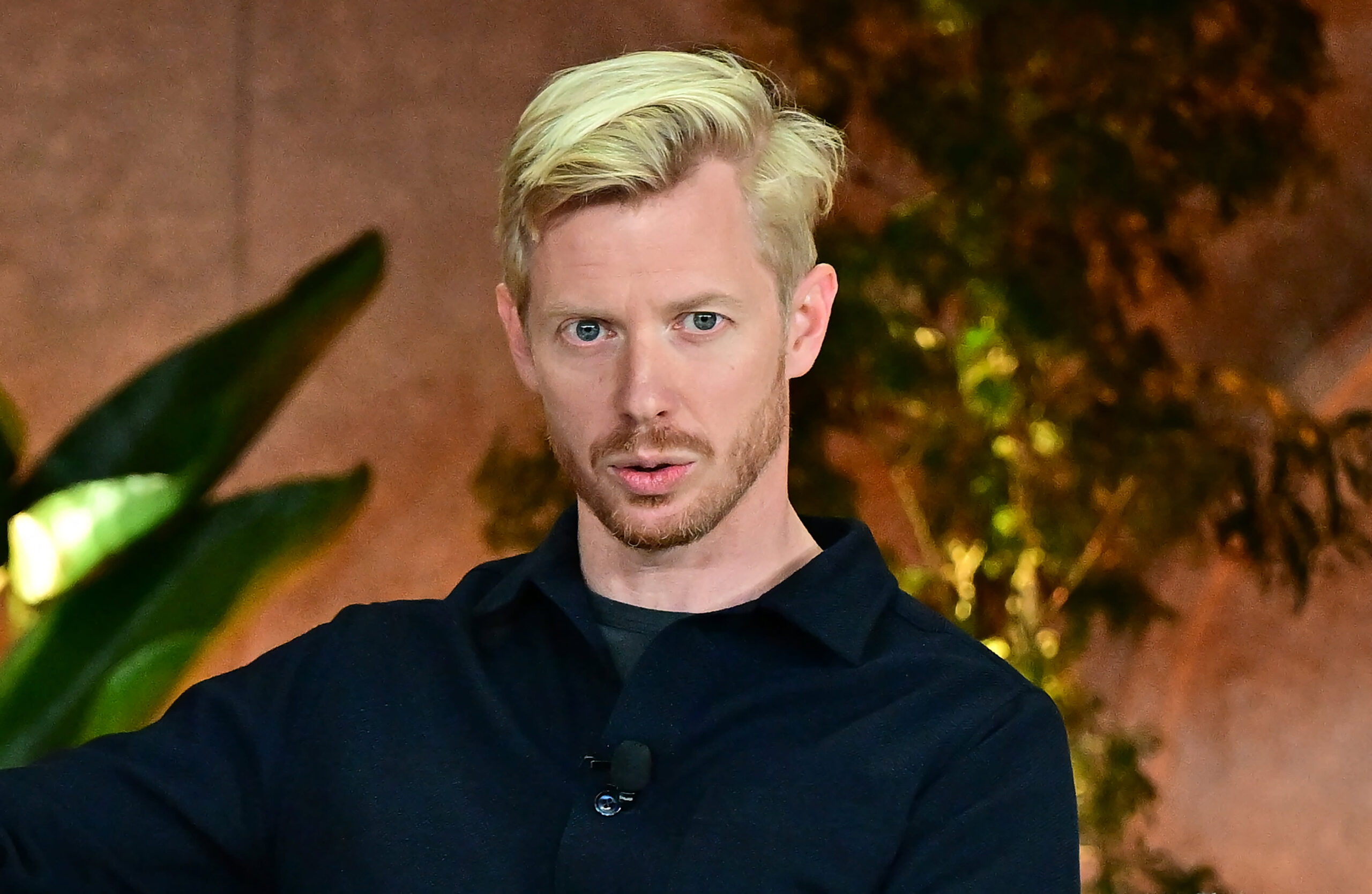PETALING JAYA: Should Brent crude oil prices reach US$100 per barrel, the government could opt to implement the planned petrol and diesel subsidy rationalisation initiative on a more staggered basis, says Universiti Tunku Abdul Rahman economics professor Wong Chin Yoong.
The Iran-Israel conflict that erupted last weekend continues to pose uncertainties on the oil price front. Global focus is now on Israel’s reaction to the conflict in the days and weeks ahead, as it will likely further influence market dynamics.
Brent crude oil is currently trading at around US$90 per barrel.
Wong said it is unlikely for Brent crude oil prices to climb back to its high of US$139 per barrel in 2022, which occurred due to the Russia-Ukraine war and low global crude oil inventories.
“If oil prices reach US$130 per barrel or above, then there is the likelihood of deferring the subsidy rationalisation programme.
“However, right now Brent crude oil pricing is expected to remain within the range of US$90 to US$100 per barrel even if things were to escalate.
“In carrying out the planned reform, the government can consider implementing gradual increases in petrol prices for RON 95 through a phased approach, from RM2.05 per litre now to RM2.10, for example, and then raise it to RM2.20 three months later and so forth.
“In essence, the government could modify the pace and the way at which it rationalises the subsidies. This gradual adjustment helps mitigate the impact on the people, allowing them to adapt to the reform,” he told StarBiz.
Moreover, Wong said other than carrying out the reform on a staggered basis, the government also needs to be transparent in the schedule of implementation so that businesses and households can plan ahead.
“Redirecting fuel subsidy savings fully into cash assistance for affected families rather than retaining them would also minimise the adverse impact of the reform, making it more viable and friendly to society,” he said.
The rollout of the RON95 fuel subsidy programme is targeted to commence from the second half of 2024. It was reported that more than RM50bil is spent by the government on fuel and gas subsidies and a free float of fuel prices may save the government RM29bil.
Meanwhile, OCBC senior Asean economist Lavanya Venkateswaran said higher oil prices should motivate the authorities to push ahead with the fuel subsidy rationalisation to limit increases to the subsidy bill and risk missing the annual fiscal deficit target of 4.3% of gross domestic product.
“That said, the reduction in subsidies is unlikely to be abrupt with the authorities focused on managing inflation expectations,” she said.
Centre for Market Education chief executive officer Carmelo Ferlito said it is important for the government to be both resolute and gradual in its implementation of the subsidy rationalisation programme.
He noted it is important for the government to remain firm and send out a clear message to the public that there is no U-turn on its decision to carry out the reform, so that the economy can “fight” to adjust to the new situation after decades of reliance on blanket subsidies.
“I think that we are still very much in the dark with regards to how the government is going to implement targeted subsidies.
“Therefore, I believe that we need to test the system – which will by nature, be imperfect – and to fine-tune it along the way.
“This is why it is important to start with small-scale experiments,” Ferlito said.
He opined that it would be difficult to carry out the subsidy rationalisation programme on a staggered basis. Instead, the government can consider experimenting with low-impact products, first.
“For example, the government can implement the subsidy reform on diesel first, rather than petrol. There are fewer users of diesel and having a smaller amount of customers involved will allow for a better study of the mechanism and its testing.
“Starting with something that affects the generality of the public is too risky, especially in light of the fact that it is not yet clear how the subsidy rationalisation is going to be carried out.
“The final aim should be that prices are determined solely and exclusively by the interaction of supply and demand,” he said.

